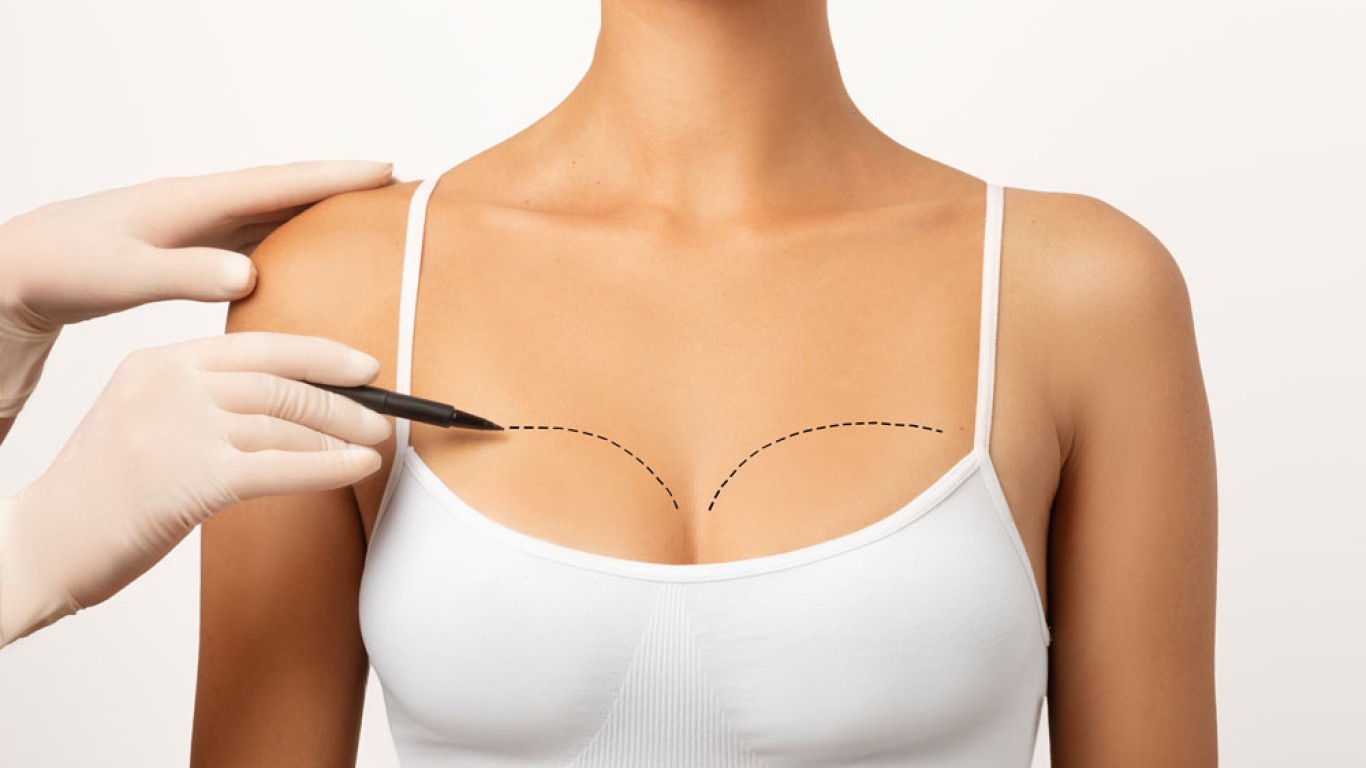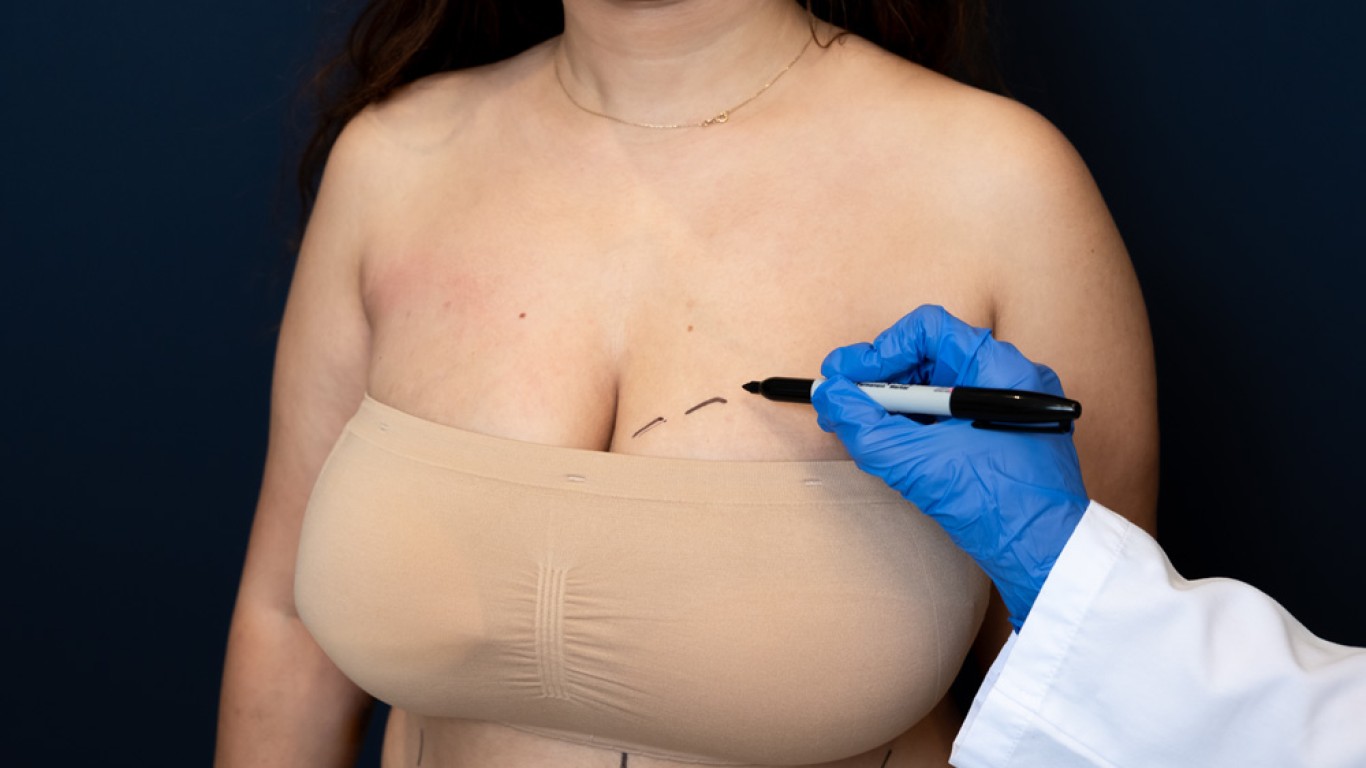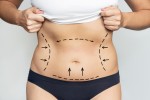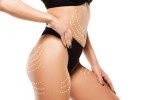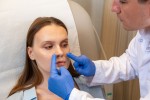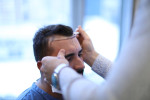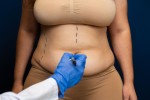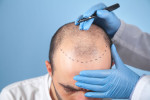Introduction
After undergoing breast reduction, many patients focus on the shape and feel of their breasts. However, another important aspect is the scar. While breast reduction scars are a natural part of healing, they fade over time. This article outlines the expected scar fading timeline and how you can support the process. If you're planning or recovering from surgery, this guide will help manage expectations.
What a Breast Reduction Scar Looks Like Initially
Immediately after surgery, your breast reduction scar may appear red, swollen and raised. This is entirely normal. The body begins healing by forming collagen-rich scar tissue at incision sites. At this stage, scars are more visible and may feel firm to the touch. Although it can seem concerning, this early phase is temporary. With time, your body continues to refine and remodel the tissue.
Breast Reduction Scar Fading in the First Three Months
In the first few months, scars begin to flatten and lose some of their redness. By month three, most people notice significant improvement. Additionally, any itchiness or tightness usually subsides. During this time, it’s important to avoid direct sun exposure. UV rays can darken scars permanently. If you must go outdoors, use sunscreen or cover the area with clothing. Furthermore, follow your surgeon’s care instructions closely.
Six to Twelve Months: Breast Reduction Scar Maturation
Scars continue to evolve significantly during the six to twelve-month period. They usually become lighter and smoother. Many turn pale pink, beige or nearly your skin tone. However, fading speed varies by individual. Genetics, skin tone and skincare habits all play a part. Moreover, consistent aftercare enhances results. Keeping the skin moisturised and avoiding irritation helps promote more seamless healing over this period.
What to Expect One Year After Surgery
By the one-year mark, most breast reduction scars have settled significantly. They are usually flat and light. At this stage, some may become barely noticeable. Nonetheless, everyone heals differently. Some patients see full fading within a year, while others continue to improve into the second year. It is uncommon for scars to disappear completely, but they often become unobtrusive. If you’re unhappy after one year, speak with your surgeon about scar treatment options.
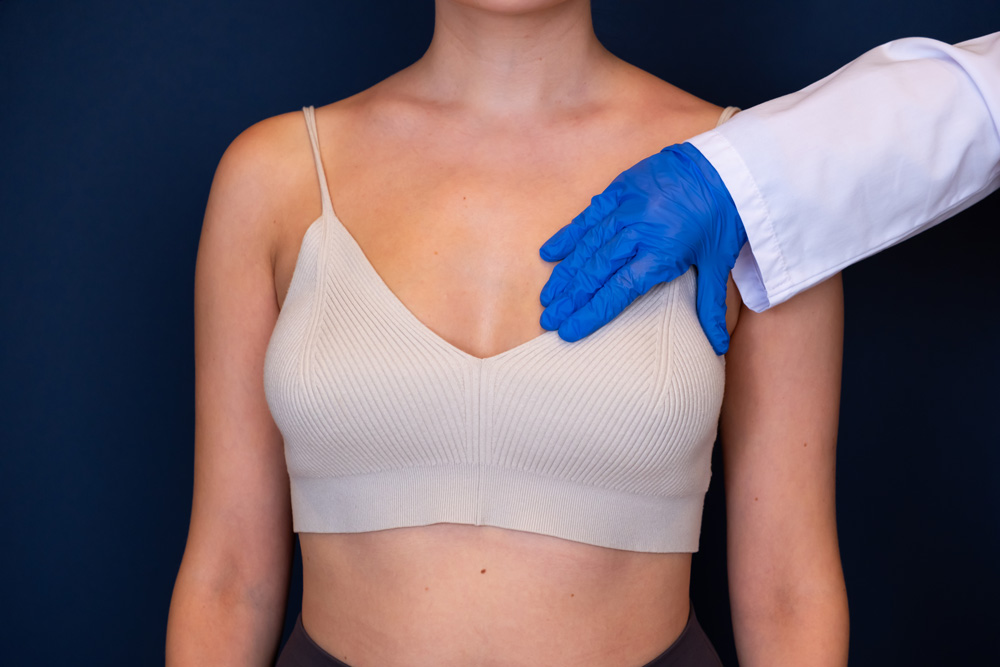
Ways to Support the Healing of a Breast Reduction Scar
To help your breast reduction scar fade well, follow these best practices:
- Keep the area clean and dry during early recovery
- Avoid stretching or pulling on incisions
- Wear your post-surgery support bra as directed
- Massage the scar gently once healed
- Use recommended creams or silicone sheets
- Stay out of the sun or wear SPF 50+
- Follow all post-op guidelines without shortcuts
Additionally, a healthy diet rich in vitamins A, C and E supports tissue repair. Staying hydrated also boosts skin elasticity, helping scars soften faster.
Seasonal Impact on Breast Reduction Scar Healing
The time of year you undergo surgery can affect scar healing. Cooler months are generally easier for scar care. You're more likely to wear protective clothing, stay out of the sun and avoid sweating. Conversely, summer can present challenges. Heat and UV rays can slow the fading process and worsen pigmentation. Planning your surgery in autumn or winter? You may get a head start on better scar healing.
Emotional Perspective on Breast Reduction Scar Visibility
Many patients initially feel nervous about the idea of scarring. However, satisfaction with the surgical results often outweighs scar concerns. Over time, scars tend to matter less as confidence increases. Patients often report higher self-esteem and improved physical comfort. Additionally, clothing fits better and daily activities become easier. Although the scar is a visible reminder, it is also a sign of transformation. Embracing this can shift focus from flaws to progress.
Options for Long-Term Scar Improvement
If you’re unhappy with the scar after a year or more, various treatments are available.
These include:
- Laser therapy to lighten pigmentation
- Microneedling to smooth the texture
- Topical treatments like retinoids or vitamin C serums
- Surgical scar revision for deep or raised scars
It’s essential to wait until the scar has fully matured before considering these. Your surgeon can advise on the best course based on your goals.
Breast Reduction Scar and Skin Tone Differences
Scar appearance can vary depending on your skin tone. Darker skin tones may experience hyperpigmentation, while lighter tones may see redness for longer. Still, proper care improves healing for everyone. Additionally, specialists can tailor treatments and products to suit your skin type. Being aware of your skin’s tendencies helps in choosing the best fading strategy.
Conclusion
Scars from breast reduction are a natural part of the healing process. Over time, they flatten, fade and become less noticeable. By the end of the first year, most people are satisfied with the scar appearance. Supporting the healing process with proper care can make a big difference. If further improvement is needed, treatments are available. Ultimately, understanding the timeline can ease anxiety and keep your focus on the overall benefits of surgery.
For more information and to book a consultation visit the ACIBADEM Beauty Center website.
Frequently Asked Questions
Most scars fade significantly within 12 months, though some continue improving for two years.
Not entirely, but it should fade and flatten. Many patients find it barely noticeable over time.
Yes, by following proper aftercare, using scar creams and avoiding sun exposure.
Yes, darker tones may darken, while lighter skin may stay red longer. Care can minimise these effects.
Consult your surgeon. Laser treatments, microneedling or revision surgery may help.



